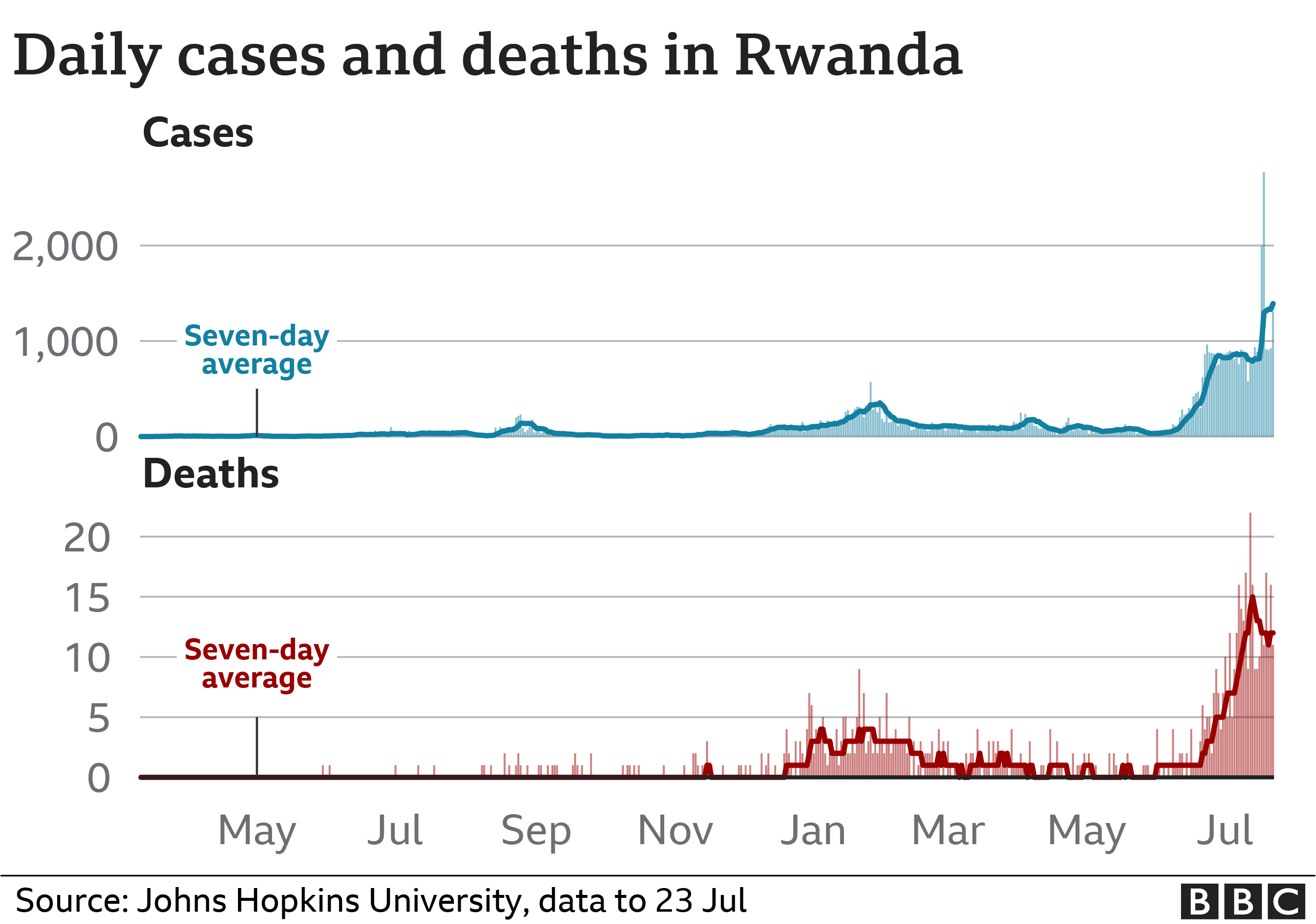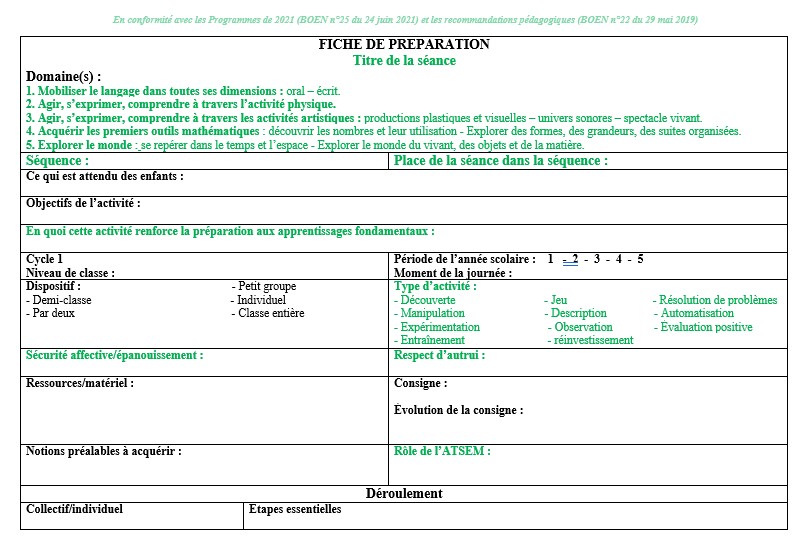Understanding The New COVID-19 Variant And Its Impact On Global Case Numbers

Table of Contents
Characteristics of the New COVID-19 Variant XBB.1.5
XBB.1.5, a subvariant of Omicron, was first identified in October 2022 and quickly gained prominence due to its high transmissibility. It is a recombinant variant, meaning it arose from the combination of two other Omicron subvariants. This unique genetic makeup contributes to its characteristics.
Transmission Rate
XBB.1.5 exhibits a significantly higher transmission rate compared to previous variants. Its R0 value (the average number of people infected by one person) is estimated to be higher than that of previous Omicron subvariants, indicating its increased contagiousness. This rapid spread leads to increased community transmission, overwhelming healthcare systems in some regions.
- Data: While precise R0 values vary depending on the study and location, multiple reports from the CDC and WHO show XBB.1.5's significantly higher transmission rate compared to previous variants like Delta and BA.5.
- Comparison: Its spread surpasses previous variants, contributing to substantial surges in case numbers globally. The rapid spread highlights the need for enhanced surveillance and public health measures.
Severity and Symptoms
While initial reports suggest XBB.1.5 may not cause more severe illness than previous Omicron variants, it's crucial to note that increased transmission leads to a larger number of hospitalizations and strain on healthcare infrastructure. Symptoms are largely similar to other Omicron subvariants, including:
- Common Symptoms: Cough, fever, fatigue, sore throat, runny nose, headache, loss of taste or smell.
- Severity: Hospitalization and death rates associated with XBB.1.5 warrant ongoing monitoring. While not inherently more severe, the sheer volume of infections places immense pressure on healthcare systems.
- Specific Populations: Individuals who are elderly, immunocompromised, or unvaccinated remain at higher risk of severe outcomes.
Immune Evasion
XBB.1.5 demonstrates a notable ability to evade immunity acquired from previous infection or vaccination. This immune escape characteristic contributes to its rapid spread and reinfection rates.
- Vaccine Effectiveness: Studies suggest that while current vaccines still offer protection against severe illness and hospitalization, their effectiveness against infection with XBB.1.5 is reduced compared to earlier variants. Booster shots are highly recommended to enhance protection.
- Antibody Response: The variant's mutations allow it to partially circumvent the antibody response generated by prior infection or vaccination.
- Reinfection: The increased ability of XBB.1.5 to evade immunity leads to a greater likelihood of reinfection, even among individuals previously infected with other Omicron subvariants.
Impact on Global Case Numbers
XBB.1.5 has had a significant impact on global case numbers, resulting in surges in several regions.
Regional Variations
The variant's prevalence varies regionally. Some areas experienced rapid and substantial increases in case numbers, while others saw a more gradual rise.
- Significant Impacts: North America, Europe, and parts of Asia have witnessed notable increases in cases driven by XBB.1.5. Specific data for individual countries is readily available through the WHO and national public health agencies.
- Data Visualization: (Include a map or graph visually representing global case numbers by region, if possible)
Strain on Healthcare Systems
The rapid spread of XBB.1.5 has placed significant strain on healthcare systems worldwide.
- Hospital Capacity: Increases in hospitalizations, particularly in regions experiencing surges, have strained hospital bed capacity, leading to delays in care for other patients.
- ICU Admissions: While mortality rates may not be significantly higher, the surge in infections leads to an increase in ICU admissions, further burdening healthcare resources.
- Healthcare Workers: Healthcare workers face burnout and exhaustion due to the increased workload caused by the surge in COVID-19 cases.
Mitigation Strategies and Prevention
Effective mitigation strategies remain crucial in combating the spread of XBB.1.5.
Vaccine Effectiveness and Updates
While current vaccines offer substantial protection against severe illness, updated vaccines or booster shots are recommended to enhance protection against XBB.1.5 and future variants.
- Booster Recommendations: Public health organizations advocate for booster shots to maintain optimal protection against severe disease, hospitalization, and death.
- Variant-Specific Vaccines: Research is ongoing to develop variant-specific vaccines that offer enhanced protection against emerging variants.
Non-Pharmaceutical Interventions (NPIs)
Non-pharmaceutical interventions continue to play a significant role in controlling the spread of XBB.1.5.
- Mask Wearing: Wearing masks in indoor public settings, especially during periods of high community transmission, can reduce the risk of infection.
- Social Distancing: Maintaining physical distance from others, particularly in crowded environments, helps minimize exposure to the virus.
- Hygiene Practices: Regular handwashing, sanitizing, and avoiding touching the face can significantly reduce the transmission of the virus.
- Testing and Tracing: Widespread testing, contact tracing, and isolation of infected individuals are crucial for containing outbreaks.
Conclusion
The emergence of new COVID-19 variants, such as XBB.1.5, continues to pose a significant challenge globally. Understanding their characteristics, impact on case numbers, and the effectiveness of mitigation strategies is vital for effective public health responses. Staying informed about the latest developments concerning new COVID-19 variants and adhering to recommended preventative measures, such as vaccination and NPIs, remain crucial in minimizing the impact of this ongoing pandemic. Continue to monitor updates from reputable sources like the WHO and your local public health authorities to stay informed about the latest developments on new COVID-19 variants and their impact.

Featured Posts
-
 Indie Games On Nintendo Switch Successes Challenges And The Future
May 31, 2025
Indie Games On Nintendo Switch Successes Challenges And The Future
May 31, 2025 -
 Rise In Covid 19 Cases New Variant Spreads In Several Countries
May 31, 2025
Rise In Covid 19 Cases New Variant Spreads In Several Countries
May 31, 2025 -
 Growth Strategies For International Automakers In China Learning From Bmw And Porsches Experiences
May 31, 2025
Growth Strategies For International Automakers In China Learning From Bmw And Porsches Experiences
May 31, 2025 -
 Munich Open Zverev Secures Semifinal Spot After Thrilling Comeback
May 31, 2025
Munich Open Zverev Secures Semifinal Spot After Thrilling Comeback
May 31, 2025 -
 Un Jour En Mer Preparation Et Securite Pour Tous
May 31, 2025
Un Jour En Mer Preparation Et Securite Pour Tous
May 31, 2025
